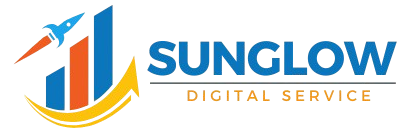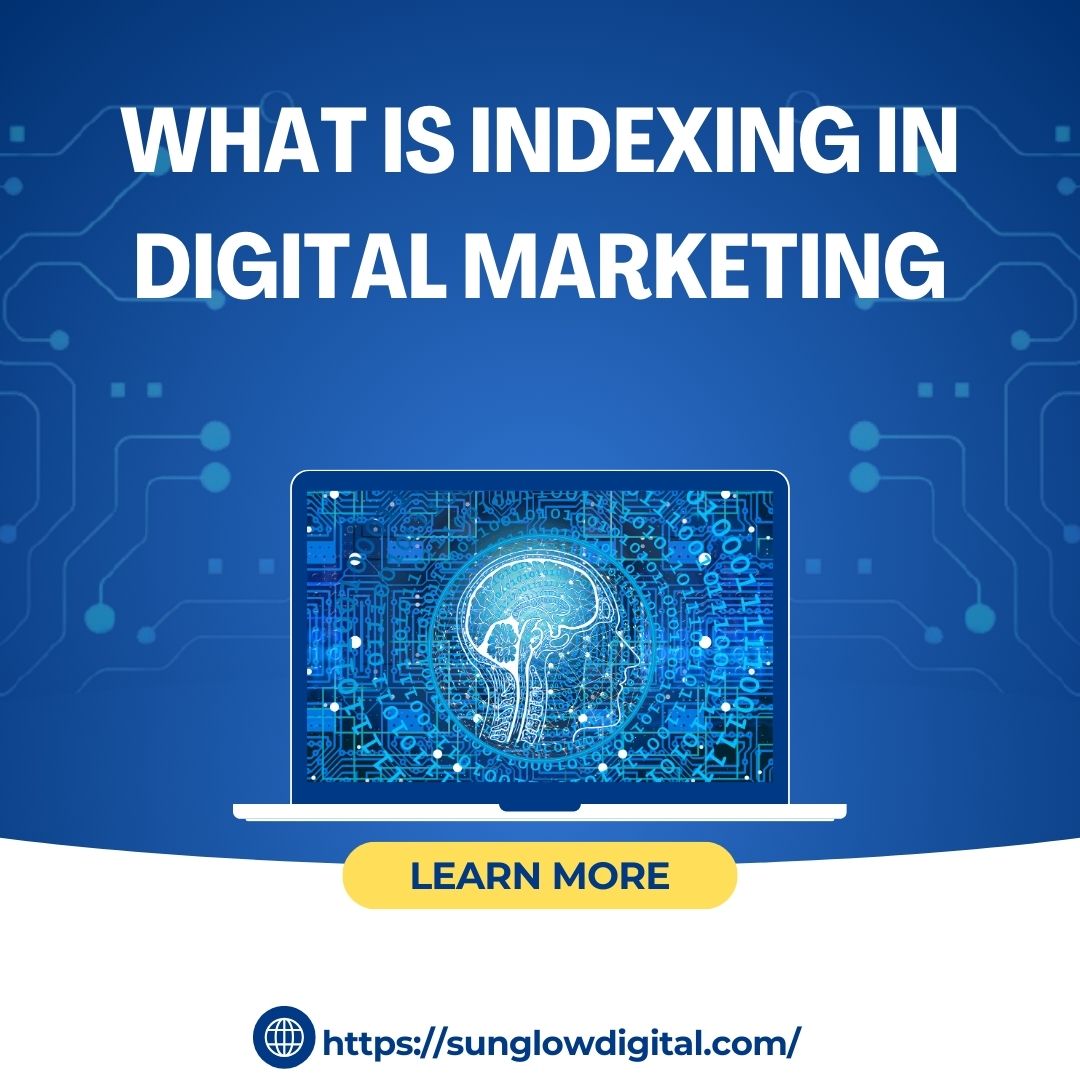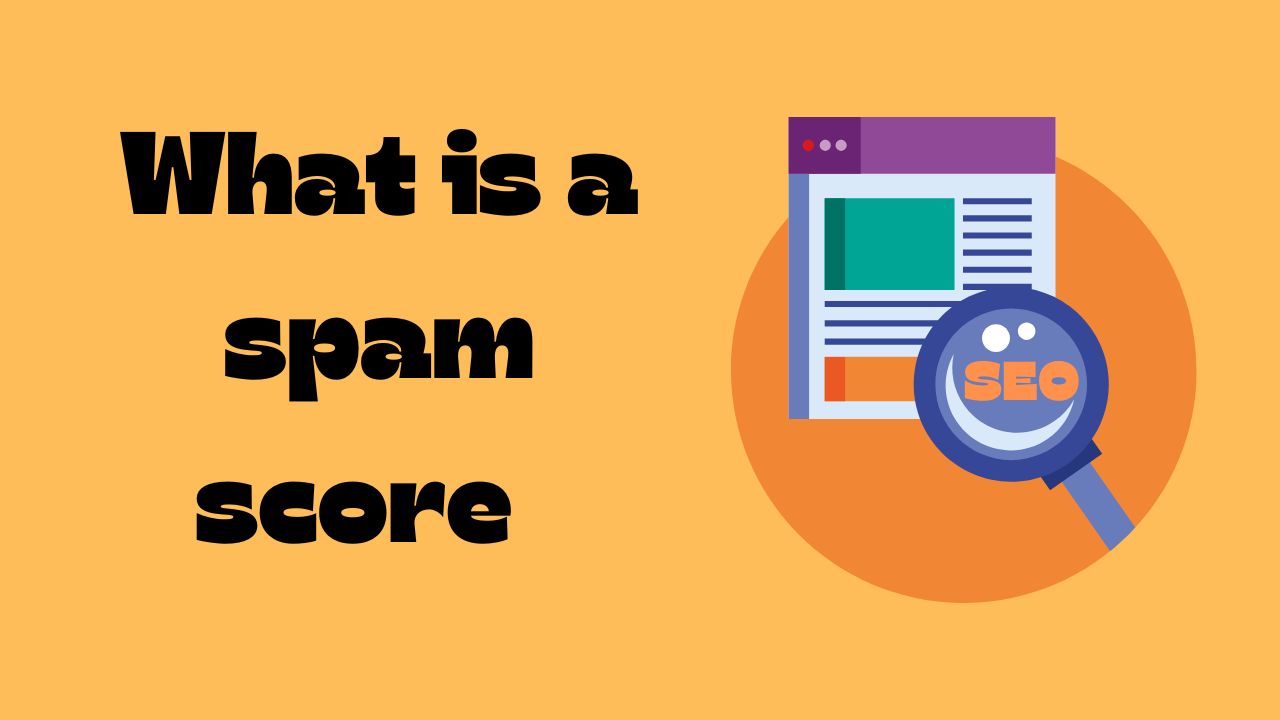In the vast landscape of indexing in digital marketing, building an online presence is akin to crafting a masterpiece and hoping it’s visible in a gallery brimming with art. Indexing plays a defining role in making your masterpiece stand out and ensuring it doesn’t get lost in the crowd. In this guide, we’ll demystify indexing and elucidate why it is the cornerstone of online visibility.
What is Indexing in digital marketing?
Indexing in digital marketing is the process used by search engines to store, organize, and retrieve information from web content. When a search engine crawls a website, it collects data and adds it to its index—a vast database of web pages. By indexing, search engines can quickly retrieve and present relevant and timely information in response to users’ search queries.
Imagine indexing as a librarian who meticulously catalogs every book in a library. When a visitor asks for a specific book, the librarian knows exactly where to find it. Similarly, indexing in digital marketing helps search engines provide precise and relevant results to users.
Why indexing in digital marketing is important?
Indexing is vital for indexing in digital marketing for several reasons:
- Visibility: Properly indexed content is more likely to appear in search results, increasing your online visibility and attracting more visitors.
- Ranking: Indexing in digital marketing is a precursor to ranking. If your content isn’t indexed, it can’t rank on search engine result pages (SERPs), regardless of its quality.
- User Experience: Indexed content ensures users find what they’re looking for quickly, enhancing their browsing experience and encouraging them to stay on your site longer.
4. Competitiveness: In a saturated digital space, indexing gives you a competitive edge by making your content accessible and discoverable.
How Does Indexing in Digital Marketing Work?
Understanding the indexing in digital marketing process can help you optimize your content. Here’s how it generally works:
- Crawling: Search engines use bots called crawlers or spiders to scour the web. These bots follow links from one page to another, collecting data.
- Indexing: Once the data is collected, search engines analyze and store it in their index. The stored information includes keywords, meta tags, content, images, and links.
3. Retrieval: When a user performs a search, the search engine retrieves relevant content from its index based on the user’s query.
Optimizing for Indexing in Digital Marketing: Best Practices
To ensure your content gets indexed effectively, follow these best practices:
- Submit a Sitemap: A sitemap is a file that lists all the important pages on your website. Submitting a sitemap to search engines like Google helps them better understand and index your site.
- Use Robots.txt Judiciously: The robots.txt file guides search engines on which pages to crawl and index. Ensure it’s correctly configured to avoid blocking important content.
- Create High-Quality Content: Valuable, informative, and engaging content is more likely to be indexed and rank well. Stay updated with SEO trends to keep your content relevant.
- Optimize Meta Tags: Use descriptive and keyword-rich title tags and meta descriptions. These tags provide search engines and users with a brief overview of your content.
- Improve Page Speed: Fast-loading pages are favored by both search engines and users. Compress images, minimize redirects, and leverage browser caching to improve your site’s speed.
- Enhance Mobile-Friendliness: With the majority of users accessing the web via mobile devices, ensuring your site is mobile-friendly is crucial for indexing and ranking.
- Build Internal Links: Internal links help search engines discover and index your content. They also improve the overall user experience by guiding visitors through your site.
Acquire Quality Backlinks: Backlinks from reputable sites indicate to search engines that your content is valuable and trustworthy, enhancing its chances of being indexed and ranked.
Indexing is vital for indexing in digital marketing for several reasons:
Common Indexing in Digital Marketing Issues and How to Fix Them
Even with best practices, you may encounter indexing issues. Here are some common problems and their solutions:
- Blocked Pages: Check your robots.txt file and meta tags to ensure important pages aren’t accidentally blocked from indexing.
- Duplicate Content: Use canonical tags to indicate the preferred version of a page and avoid dilution of SEO value.
- Broken Links: Regularly audit your site for broken links and fix them to ensure a smooth crawling and indexing process.
4. Insufficient Internal Linking: Strengthen your internal linking structure to help search engines discover all your content.
Conclusion
Indexing is the unsung hero of indexing of digital marketing, silently working behind the scenes to ensure your content reaches the audience it deserves. By understanding and optimizing indexing processes, you can significantly enhance your online visibility, drive more traffic to your site, and stay ahead in the competitive digital landscape.
Whether you’re a seasoned marketer or a beginner, prioritizing indexing will unlock the doors to your digital success. Remember, it’s not just about creating great content but also ensuring it gets the spotlight it deserves through effective indexing. Happy optimizing!
Frequently Asked Questions (FAQs)
1. What is the difference between crawling and indexing?
Crawling is the process by which search engines send out bots (crawlers or spiders) to discover new and updated content on the web. These bots follow links from page to page, collecting data along the way.
Indexing, on the other hand, is the process of organizing and storing this collected data in a search engine’s database so that it can be retrieved and presented in response to user queries.
2. How long does it take for new content to get indexed by search engines?
The time it takes for new content to get indexed can vary. While search engines like Google strive to index new content quickly, it can sometimes take a few days to a few weeks. Submitting a sitemap and using tools like Google Search Console can help speed up the indexing process.
3. What should I include in my XML sitemap?
Your XML sitemap should include all important pages of your website that you want search engines to index. This includes your homepage, category pages, articles, and blog posts. Ensure that URLs in your sitemap are up-to-date and reflect the most important content on your site.
4. Can I control which pages get indexed by search engines?
Yes, you can control which pages get indexed using the robots.txt file and no index meta tags. The robots.txt file can guide search engine crawlers on which pages to crawl or avoid, while the no-indexed meta tag can prevent specific pages from being indexed.
5. How can I check if my content is indexed by search engines?
You can check if your content is indexed by conducting a site search on Google. Simply type site:yourdomain.com into the Google search bar, replacing yourdomain.com with your website’s URL. This will display a list of indexed pages from your site. Additionally, tools like Google Search Console provide detailed insights into which pages are indexed and any issues that might be affecting indexing.







